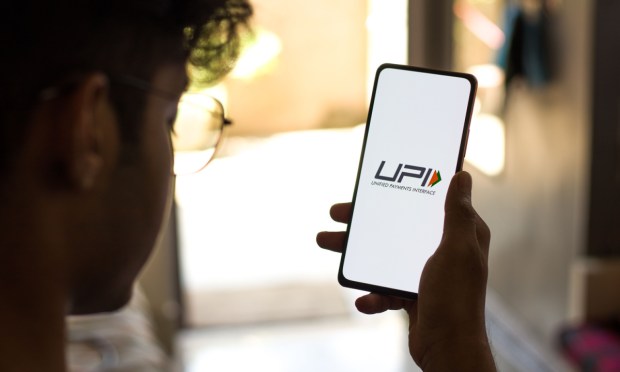UPI Adds Voice Payments to Expand Financial Inclusion

India is preparing to add a voice-enabled feature to its Universal Payments Interface (UPI) system.
But are the country’s bankers speaking the same language? A report Monday (Sept. 11) by Bloomberg News paints them as cautiously optimistic about the technology.
Last month, the Reserve Bank of India released a plan for “conversational” payments, letting UPI users make verbal transfer instructions — in Hindi or English initially, with other languages to follow — on their phones. Those instructions are then processed with the help of artificial intelligence (AI)-based speech recognition.
The central bank says users who lack internet access can still make transactions using near field communication technology, allowing for “retail digital payments in situations where internet [or] telecom connectivity is weak or not available.”
Akhil Handa, chief digital officer at Bank of Baroda, told Bloomberg during a FinTech conference that while there isn’t a “wild demand” for this feature, the idea is still exciting.
Handa predicted that consumers will initially be more comfortable making voice payments to contacts they know or to merchants in front of them. But with people in India sending billions of messages per day, the use of the technology would ramp up even if 10% or fewer Indians began making voice-activated payments, he added.
Meanwhile, Nitin Chugh, head of digital banking and transformation at the State Bank of India, said voice-enabled UPI could bring 100 million to 200 million new users to the platform. However, the technology does come with risks.
People will need privacy when they carry out voice transactions, Chugh told Bloomberg during the same conference, adding that the technology needs to address issues of noise cancellation and command recognition.
“We have voice-enabled search, voice-enabled commands, voice-enabled transactions. I think it is not a tech problem, it’s more of a risk issue that has held us back from taking it to scale,” Chugh said. “We don’t want people who today have limited access getting access and then getting exposed to vulnerabilities.”
PYMNTS intelligence has shown that UPI is dominating the retail sector in India, with almost half of all retail transactions taking place via the platform. It helps that people in India were already comfortable with using their mobile phones to make bills, bank and merchant payments by the time UPI debuted in 2016.
“As one might expect, given India’s trailblazing nature, local consumers use more digital shopping features than their counterparts in the United States or the United Kingdom,” PYMNTS wrote last month. “India’s millennial, bridge millennial and Generation Z shoppers have been the country’s early adopters of these digital-first shopping experiences.”

